
Gastro Pellet: Stomach Well-being Starts in the Mind
Anyone who spends every day around horses knows it well:…
Feed and products in 25kg bags excluded
Bank transfer | Paypal | Credit cards

At the beginning of the summer, we gave you some tips for a horse ride to discover our beautiful country, but the season for organizing beautiful excursions and trekking is not over just yet! We have therefore decided to return to the subject, with even more precise indications and advice so that your next adventure in the saddle can turn into an unforgettable journey, but at the same time be practicable and safe.
How? Guiding you on the discovery of our bridleways!
We have deliberately selected the network of the “ENGEA – National Environmental Equestrian Guides” who from the far North to the South, offer all horse-riding enthusiasts the opportunity to safely organize wonderful trekking and horseback riding holidays, made up of one or more days, and to discover the natural riches that characterize the country.
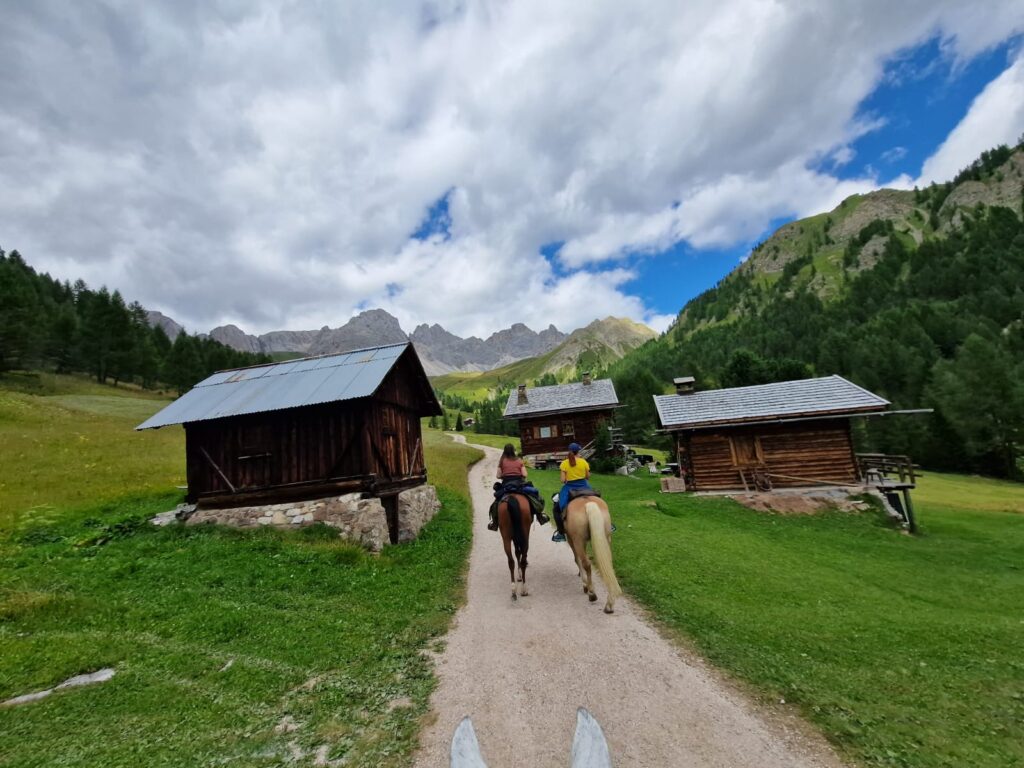
But what is a Certified Italian Horse Trail®?
It is a path outlined by technicians in the sector and endorsed by registered bodies: in this specific case by the “National Environmental Equestrian Guides (E.N.G.E.A.)” This body guarantees that the routes proposed by them possess a series of requirements including (quality and safety, constant logistic assistance, stops and refreshment points for both horses and riders, low environmental impact, support for the local economy) and are certified with the ISO9001 system:2008
Having made this necessary premise, since safety in the saddle is never enough, we can devote ourselves to the fun part of our article, namely the organising of our trip on horseback
Which horse trail to choose?
In this case there is a vast catalogue to browse. Surely, we will have to know how to orient ourselves between sea, mountains or hills and plains not only according to the season and our tastes, but also based on the preparation and aptitudes of our horse.
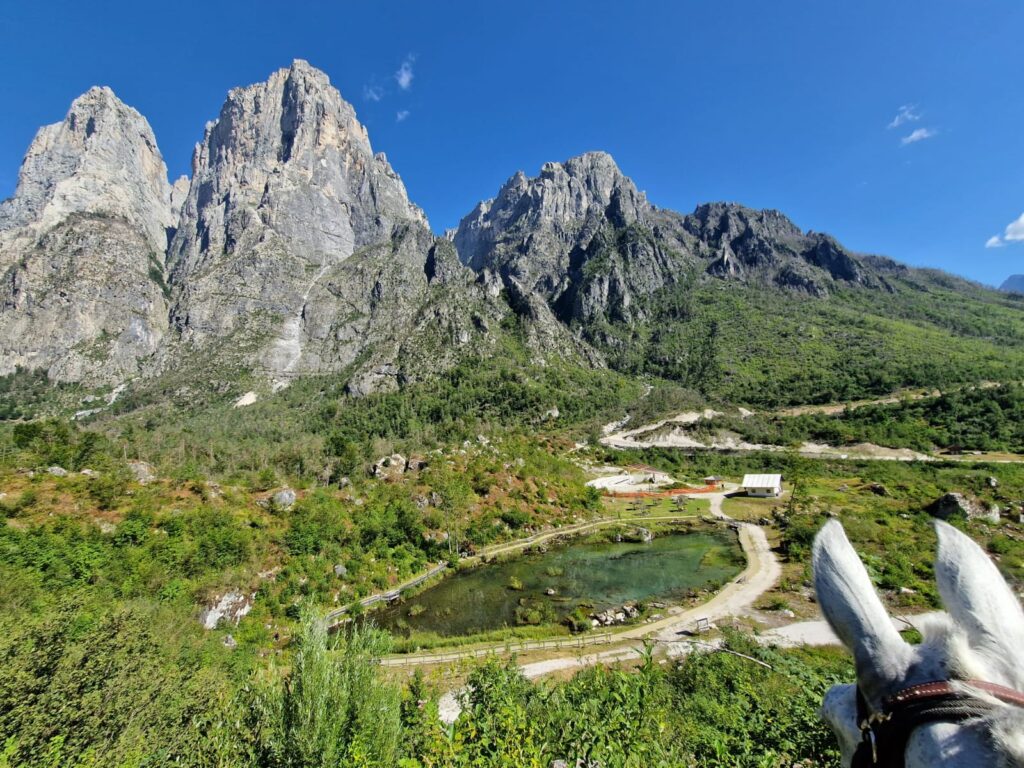
In strictly alphabetical order we report the presence of certified bridleways in Abruzzo, Emilia-Romagna, Friuli-Venezia Giulia, Lazio, Lombardy, Marche, Piedmont, Puglia, Sardinia, Sicily, Tuscany, Umbria, Valle d’Aosta and Veneto.
The more experienced will be able to try their hand at trekking the bridleways in their entirety, but it must be said that many of these suggestive paths are passable even in small sections at a time. Whether you opt for a single day of relaxation in the saddle or for a real trip made up of several days, the bridleways will give you unforgettable emotions as well as give you the opportunity, thanks to the stopping points located along the route, to discover and appreciate local flavours and traditions.
Each horse trail has its name.
There are currently over thirty certified Italian bridleways: each with its own characteristics and name. There are bridleways with an easy to medium level of difficulty that can be travelled, always in full respect of animal welfare, all year round.
For example, we immediately liked her for her romantic name “Anita, the Horse Trail of Love“: a route that starts in Emilia-Romagna and is about 38 kilometres long, on flat terrain and that can be tackled in a couple of days.
Going up in difficulty to (medium level) and moving to Lombardy, we find for the more adventurous “The Way of the Gladiators“: a route of about 70 kilometers, which can be covered in 3 days, with slight gradients and arriving in the magical “Appia Antica”.
More technical itineraries await those who love the sea in Sardinia (Ippovia Magica Spiaggia di Cala Luna) and in Sicily (Transiciliana to Mount Etna or the Horse Trail of the Three Parks).
Real equestrian feats, among rocky and wooded alpine paths, await the most fearless, but above all expert riders, in the upper Valle d’Aosta along the horse trail of Monte Rosa and Gran Paradiso.
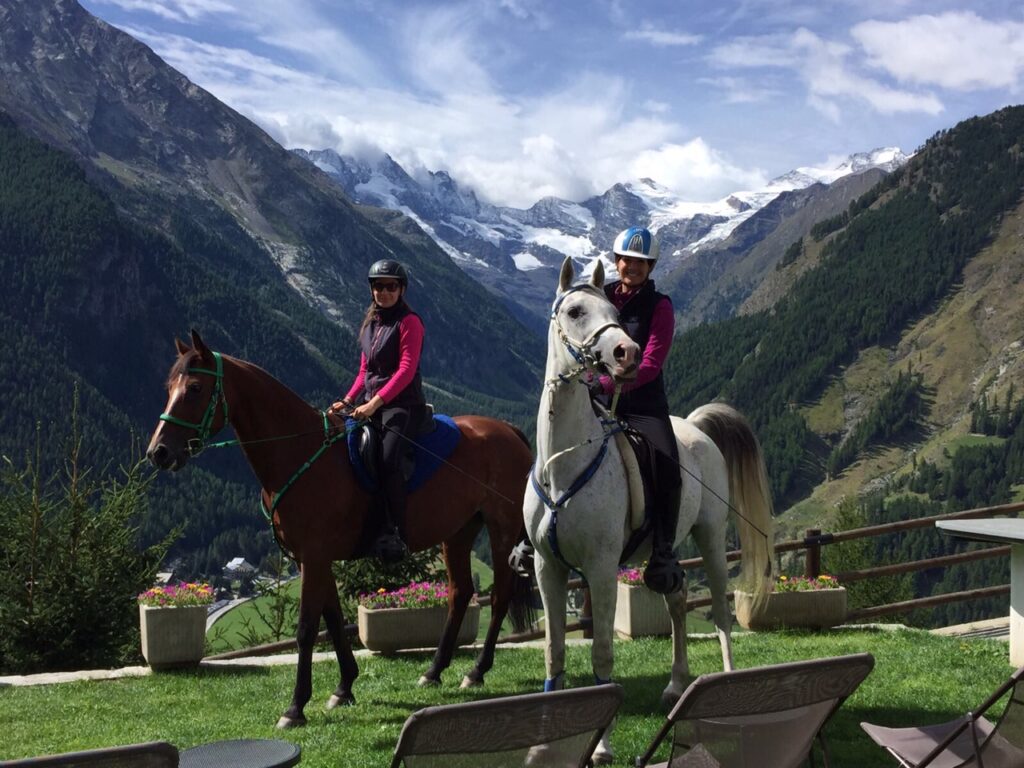
Remember that before embarking on even one kilometre in the saddle and on unfamiliar terrain it is always a good idea to read up, prepare and plan properly. In the case of more technical routes, it is strongly recommended to rely on an expert guide.
How to prepare properly?
Let’s not forget that the preparation of horse and rider, be it for a short or long trekking adventure in the saddle, begins long before and at home: both adequate training, proper nutrition and supplementation for your four-legged companion will help you to limit as much as possible unexpected events and unpleasant surprises once you depart.
Quali possono essere gli imprevisti?
It is essential, at least one month before departure, to manage the training of your horse according to the type of path you want to tackle. Along with training, it is of fundamental importance to adapt the horse’s diet, since the energy demands that will occur during the trek will be greater than those of a normal activity at home.
To properly adapt the diet in preparation for the trek, it is always recommended to rely on professionals who are able to correctly evaluate the dosages of daily feed. Once the diet has been set, it will be advisable to equip yourself with specific supplements to be administered daily.
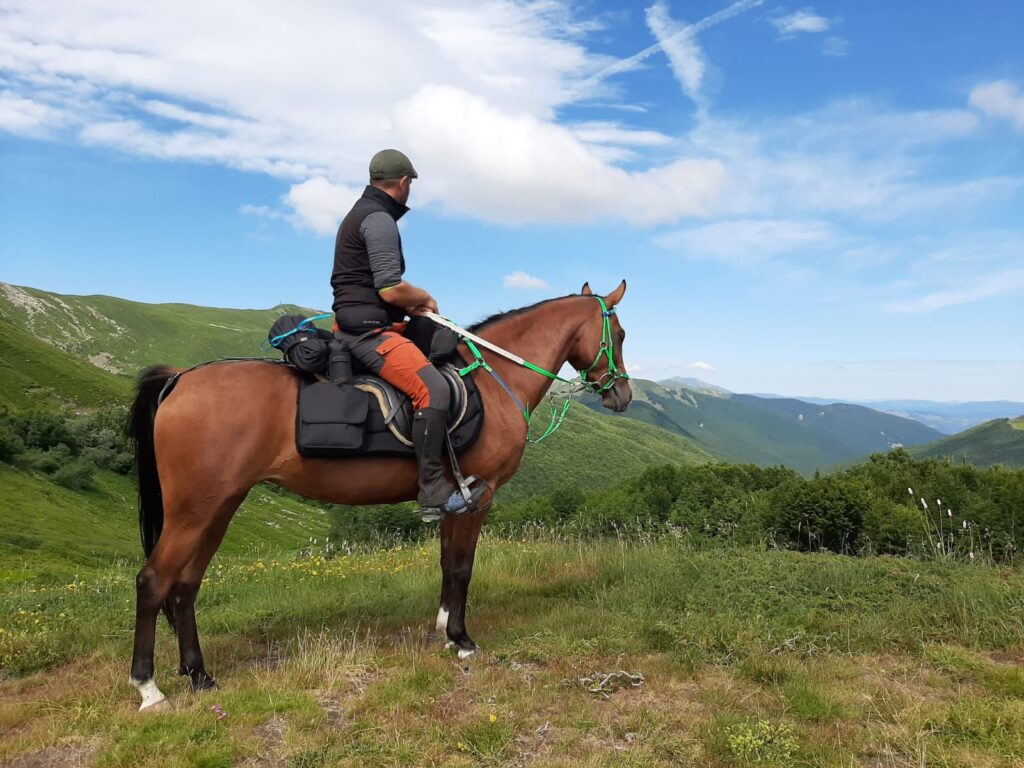
Here is what cannot be missing in the bag of a horse trekking enthusiast:

Anyone who spends every day around horses knows it well:…
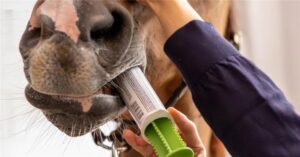
Intestinal parasites are a common and often underestimated problem in…
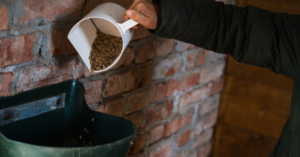
As September approaches, the quality and nutritional composition of pastures…

As September approaches, the quality and nutritional composition of pastures…
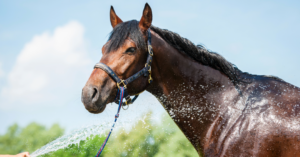
With the arrival of warmer weather, the competition calendar gets…

The importance Assessing your horse’s physical condition and determining whether…